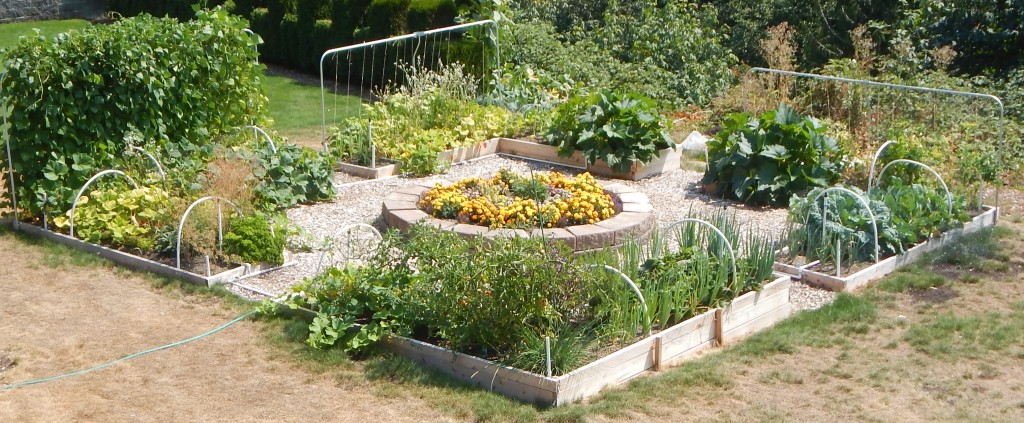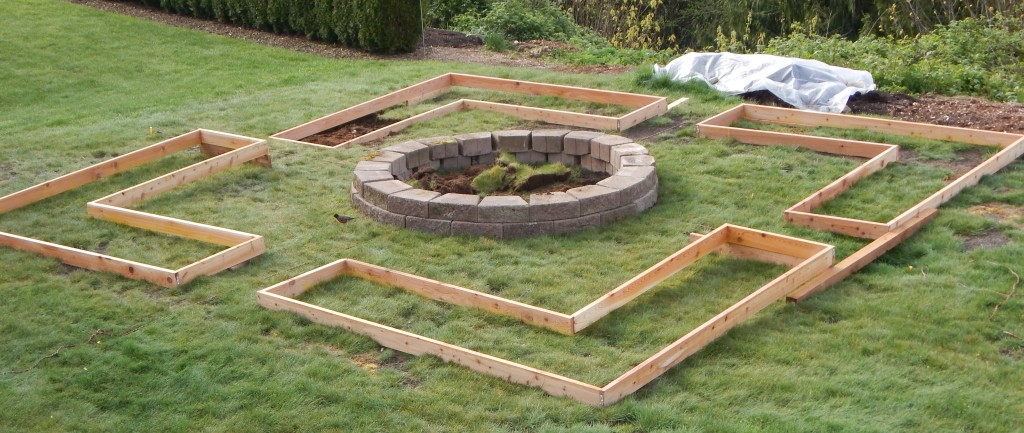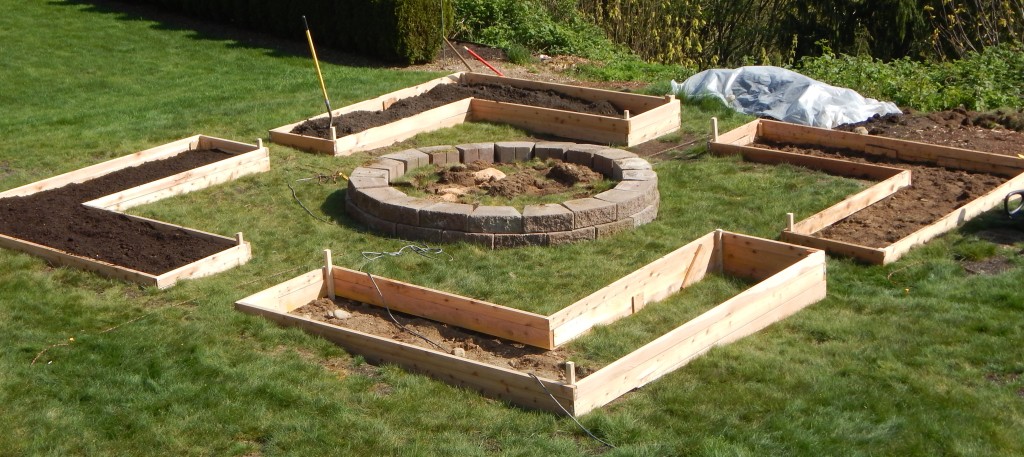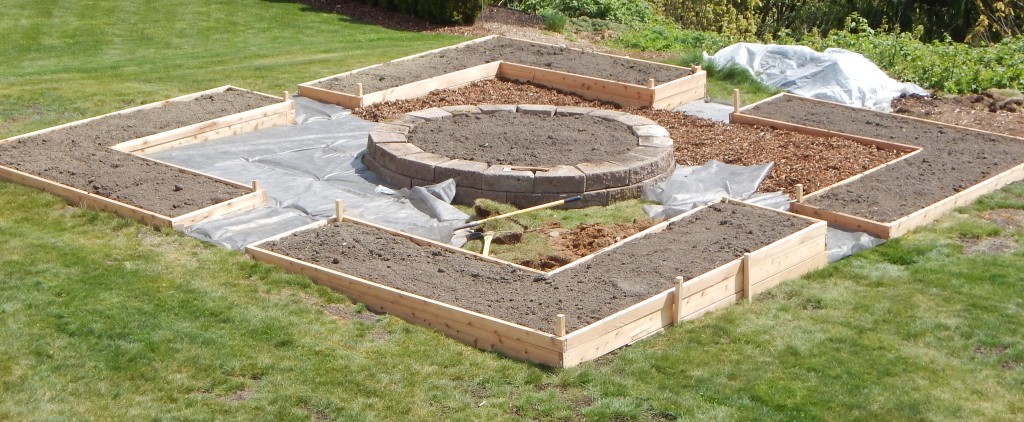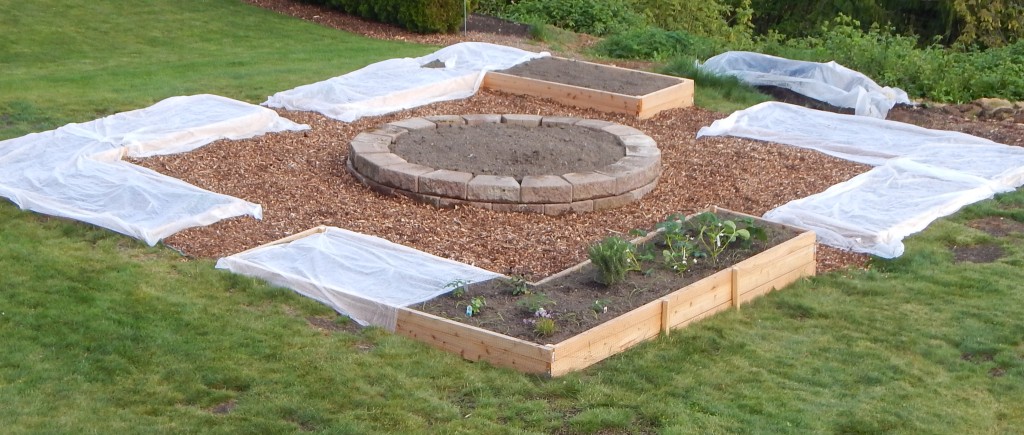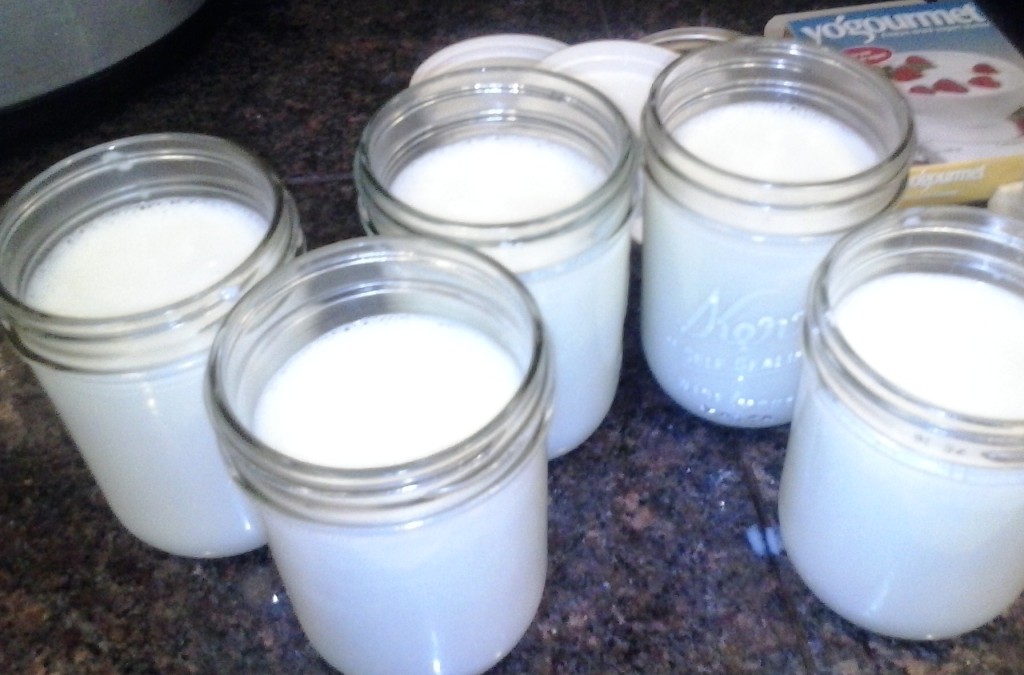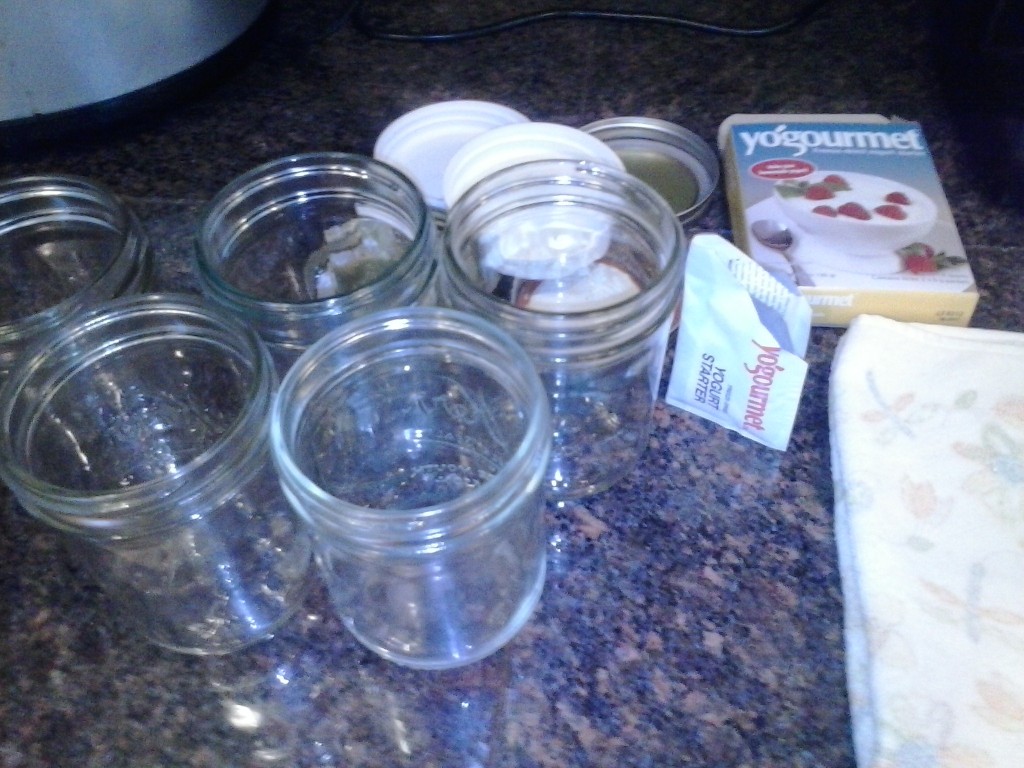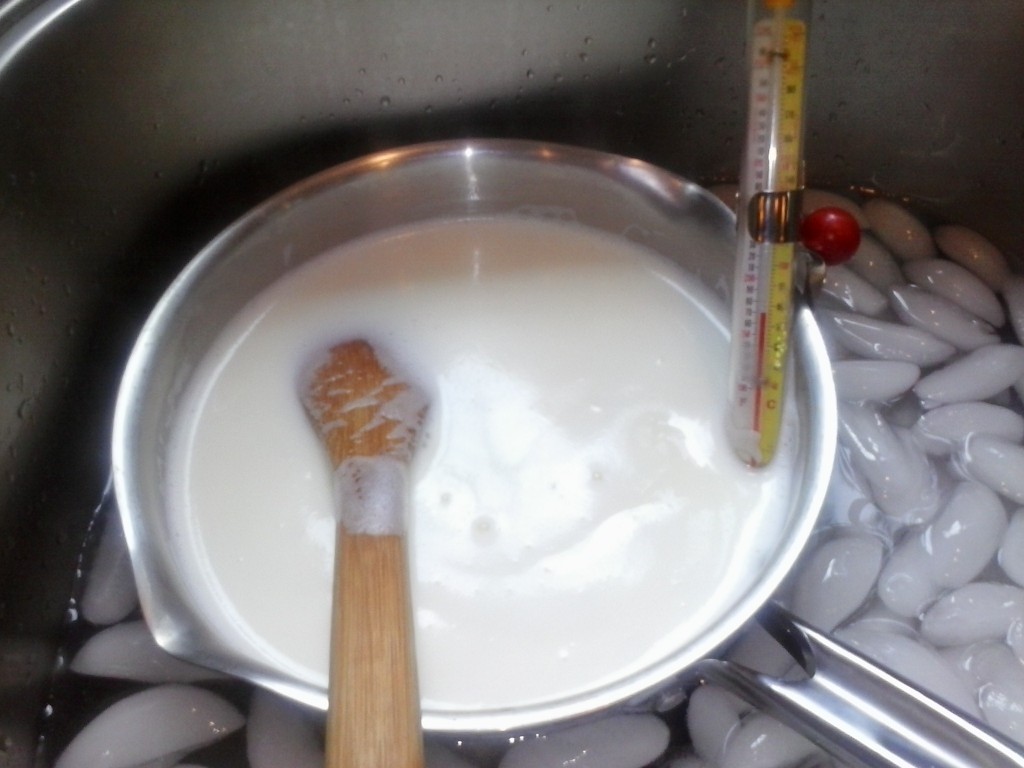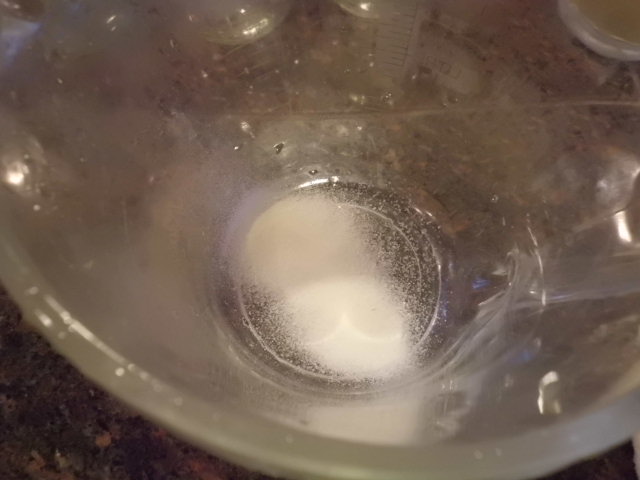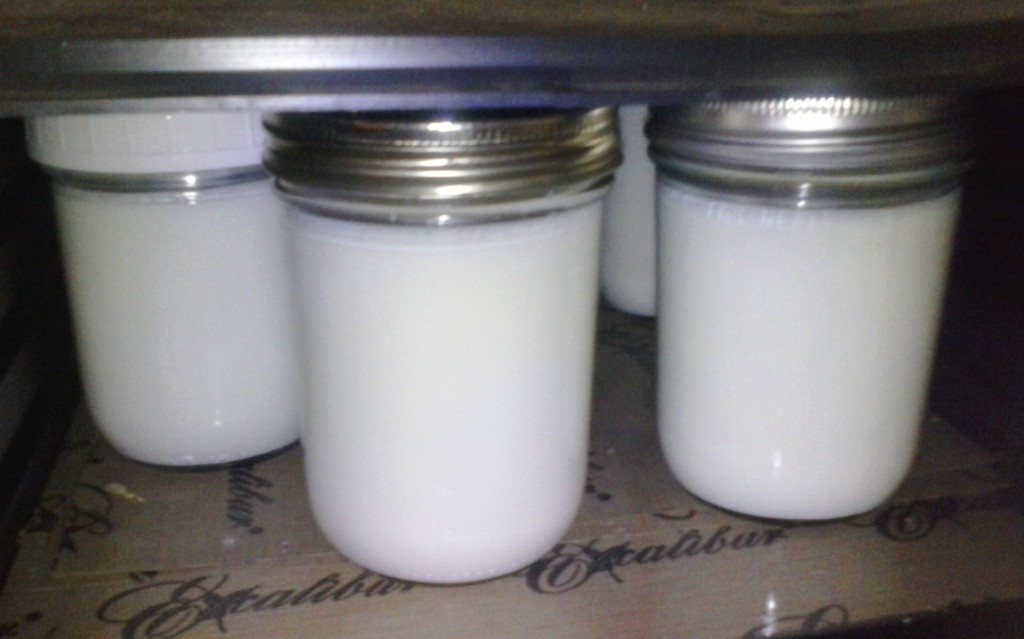Did you know when you move to a new home, it’s best to wait about a year before you plan where to put your garden?
Yep! It’s true. Lots of garden experts recommend waiting, if you can. 😉
Think about it for a minute. You need to make sure your garden gets enough sun, right?
Because the sun’s patterns change daily and seasonally, you need to be certain the area you choose for your garden plot will have the right amount of sun.
I waited 9 months.
It about killed me…
Fortunately, I did some container gardening on my deck. That helped.
A little. 😉
Finally, springtime arrived! I had been dreaming about my new garden all fall and winter. I couldn’t wait!
Unfortunately, my first design didn’t work out so well. I wanted to use blocks (for their permanency) and match the blocks in our current landscape. My idea was to build four kidney-bean shaped raised beds around a circle in the center.
I also wanted to buy used blocks to cut down on the cost. So my husband and I scanned Craigslist and eventually found some that were about right.
Or so we thought…
When my husband went to pick them up, they were twice the size as described. He got them anyway because he had already agreed to take them, and they were a fairly good deal.
I was so excited to finally get gardening!
Then it all seemed to come crashing down…
If you have read my blog, you know how I’m trying to keep toxins out of my food supply. I found out, through my dear cousin, that we probably didn’t want to use blocks for growing vegetables because there could be fly ash in them.
Fly ash is a by-product of coal-fired electric generating plants. It is very controversial whether fly ash is safe or not. Here’s a wiki article for you to read up on it —> Fly ash.
There was a good possibility, if our concrete blocks were made with fly ash, that it would leach out when it rained or we watered the garden.
We decided not to take the chance. Seriously, I don’t want any of those substances in my food.
I felt bad because my husband had gone to so much trouble to procure them. But he didn’t want to use them, either, because of my sensitivity to toxins, and I am so grateful that my cousin gave me a heads up! <3
So we went back to the drawing board. We decided to use untreated cedar, and tried to keep the idea of the original design.
Here’s what we finally came up with:
I’m pretty happy with it because it’s pleasing to the eye and fits well with our neighborhood.
We decided to use some of the concrete blocks for the center and will only plant flowers in that bed. The rest of the blocks will be used to separate our gravel driveway from our lawn.
Make sure it’s level.
I had discovered at our last house, that it’s important to have your raised beds level or all the water/dirt just pours out at the lowest side.
As you can see, our yard sort of slopes down a little towards the top of the picture. So we had to go buy a few more boards and do a little digging to make everything level.
The picture below shows how some of the beds are higher in some places and some are lower into the ground at some points.
Because of the shape, we used vertical stakes inside some of the corners to keep the boards in place and a few vertical stakes on the outside to keep them from bowing. These stakes were eventually cut even with the tops of the boards.
The beds are three feet wide, 10 feet long on the outside and 7 feet long on the inside.
After all the grass had been dug out, we filled each bed with good quality garden soil. We have found a nice mix of loamy soil, sand and compost makes a great garden soil.
Next we laid down some landscaping cloth between the beds in the center of the garden and covered it with untreated wood chips.
Here’s a real good picture showing the different stages towards the end.
Finally! It’s all done! *rubs hands together madly*
During the time the garden was being built, I was planning where to plant what. I am a companion gardener, and it takes a lot of work to start a new garden bed. Every year I’m getting better and better at it, though.
I planted peas, lettuce, pole beans, butternut squash, radishes around the squash to keep the squash borers at bay, pickling cucumbers, carrots, beets, lots of onions (to keep the deer away), dill, sage, basil, lemon thyme, parsley and cilantro.
I try to grow something new each year to keep me on my toes and learn something new. This year I am trying brussel sprouts! I love brussel sprouts and have read that they are sweeter when picked directly from the garden after the first frost.
Late this summer I hope to plant some cabbage and garlic.
Here’s a picture of the final product complete with row covers over my precious seeds to protect them from the wind and birds.
In the foreground are strawberries, a rosemary plant, tomatoes, basil, chives and a pepper for our daughter. They are covered with netting to keep out the occasional deer that wander through the yard.
In the background is a covered pile of compost. I will use this to amend the soil where needed and make compost tea spray.
As soon as the seedlings are strong enough, I will add hoops to each bed and cover it all with netting to keep out the varmints.
Lord willing, we will get a good harvest this year!
Do you have a traditional garden, raised bed garden or container garden? Leave me a note below. I love to connect with fellow gardeners.
This post contains affiliate links.

